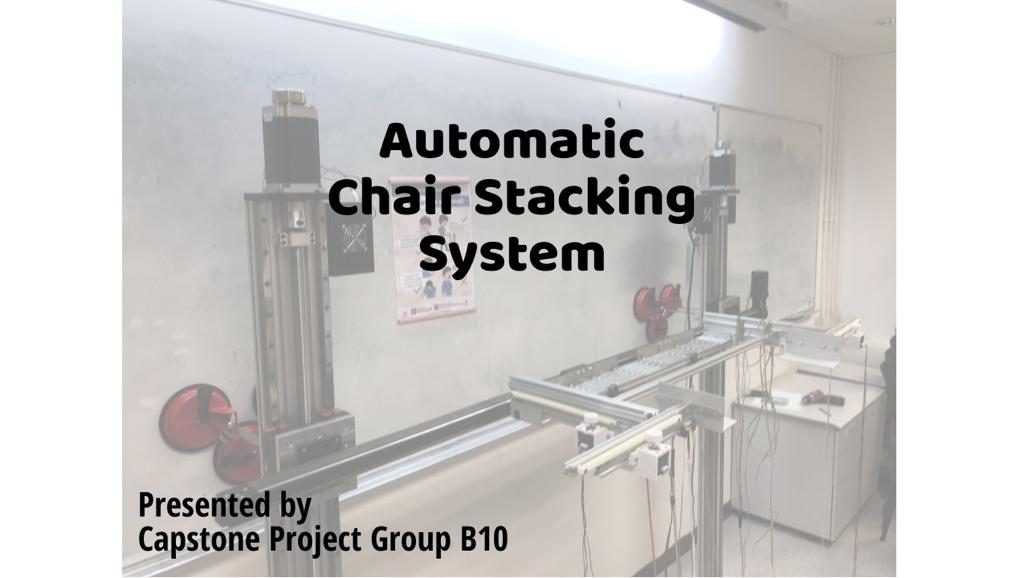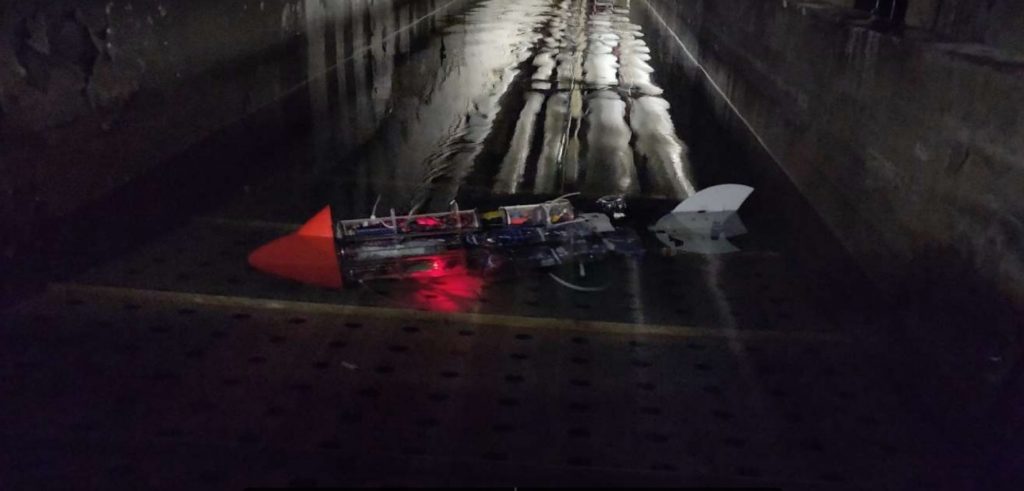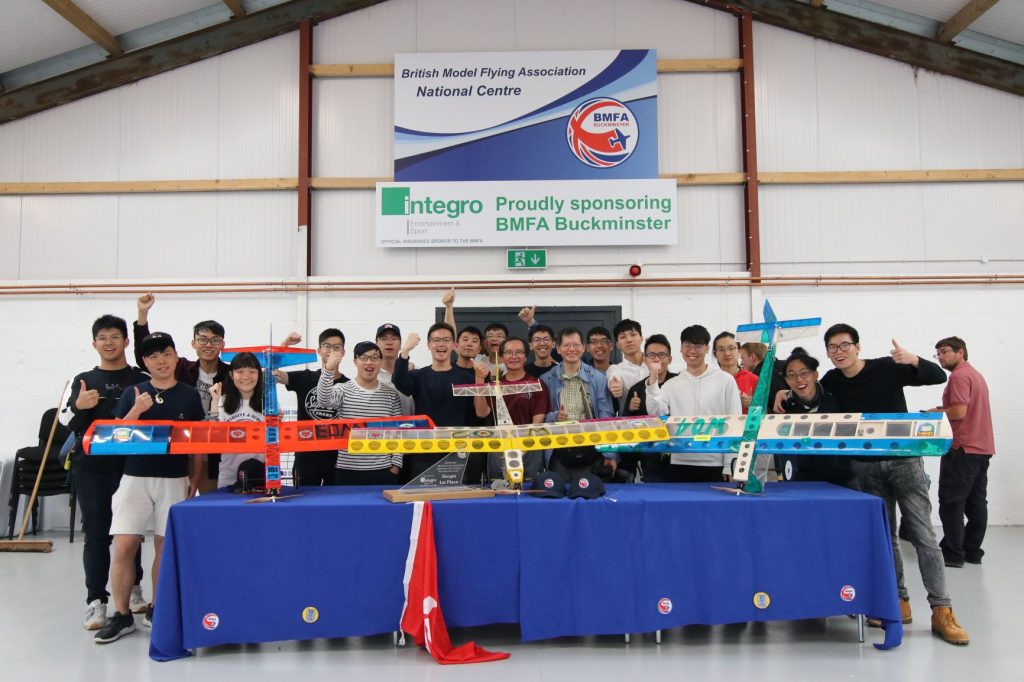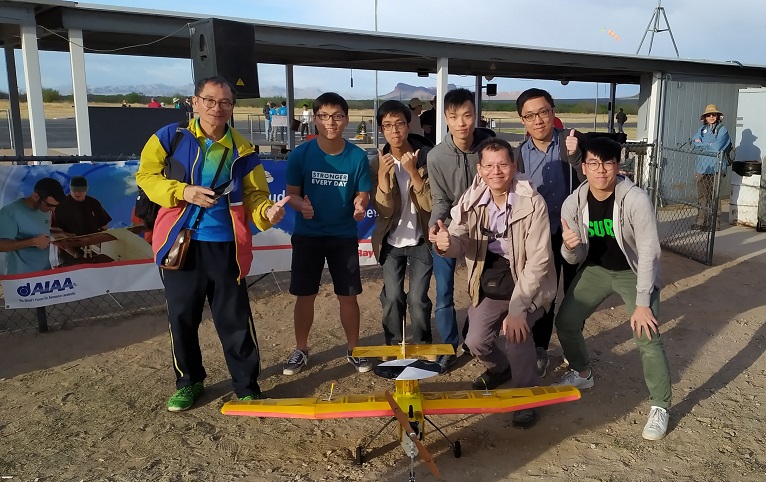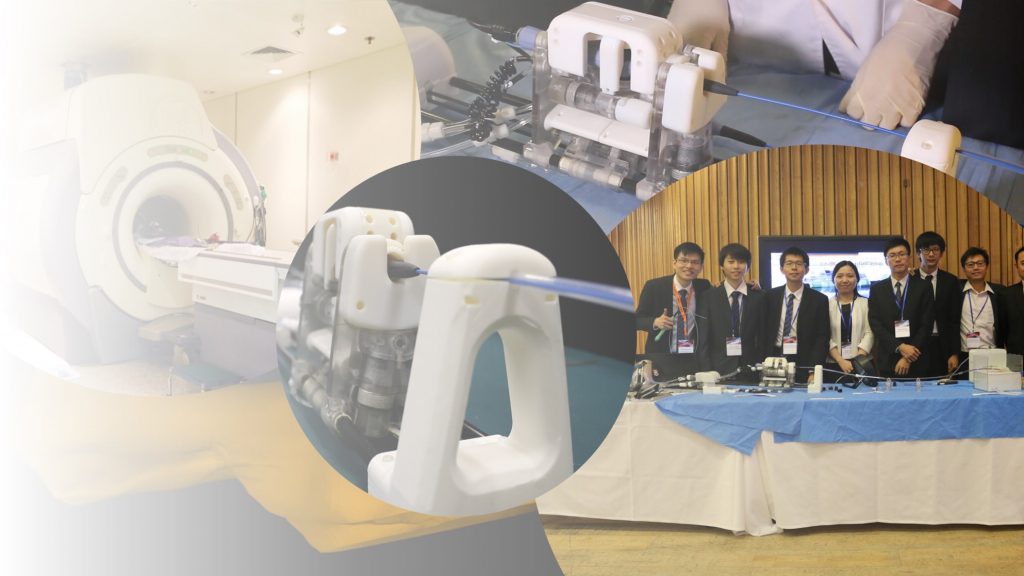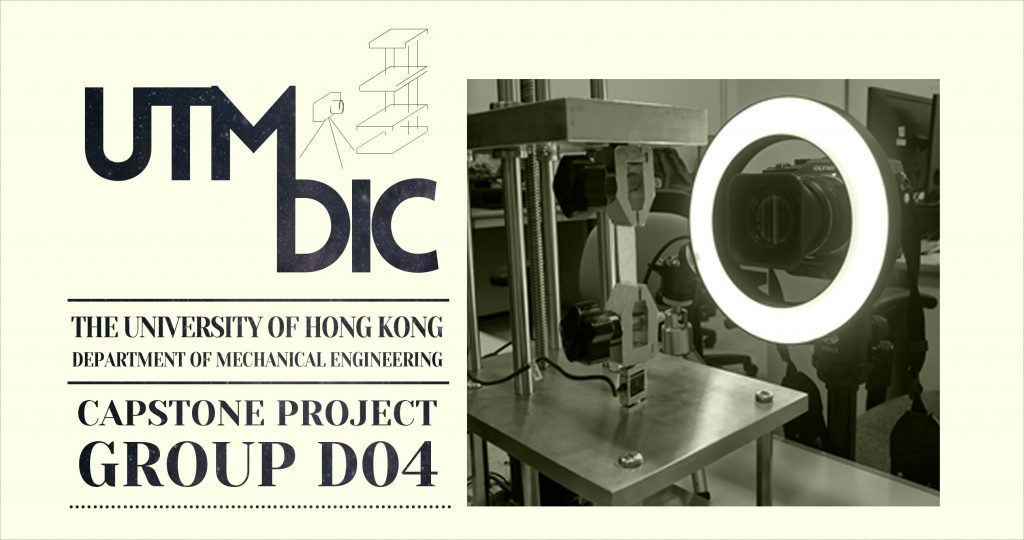Automatic Chair Stacking System
Automation is the technology about combination of hardware and software to complete designated tasks with minimal manual intervention. Automation was first applied to automobile industry in the 1970s and started to extend its use in daily life since then. Automatic system has its advantages over traditional manpower in doing repetitive tasks, e.g., it maintains a high-quality standard and safety standard.
This project, the Automatic Chair Stacking System, will be cooperating with the Automatic Chair Parking System to showcase the idea of automatic conference room, i.e., to automatically set up chairs in the area.

